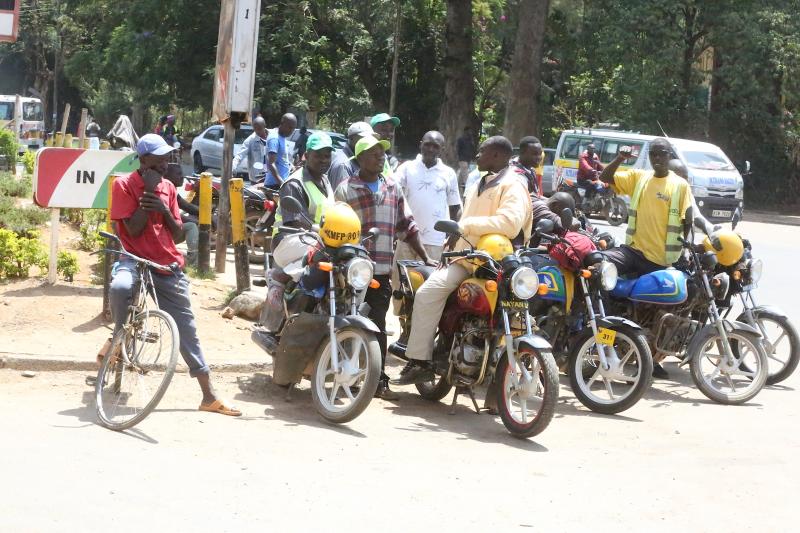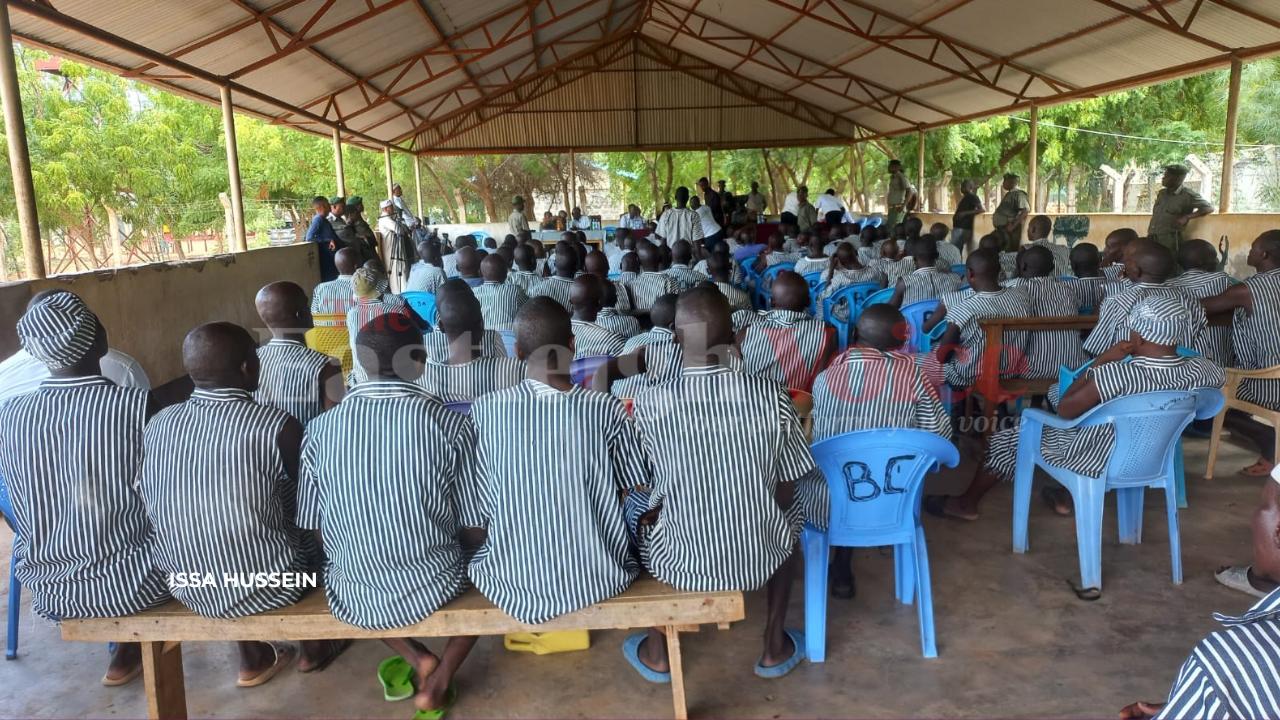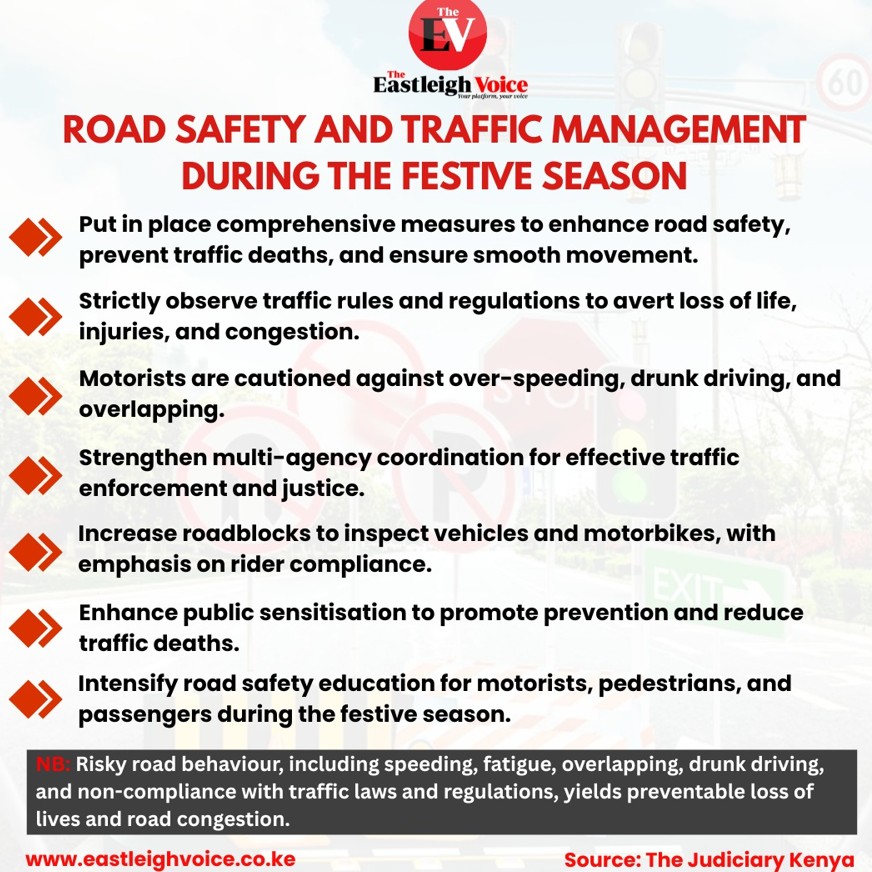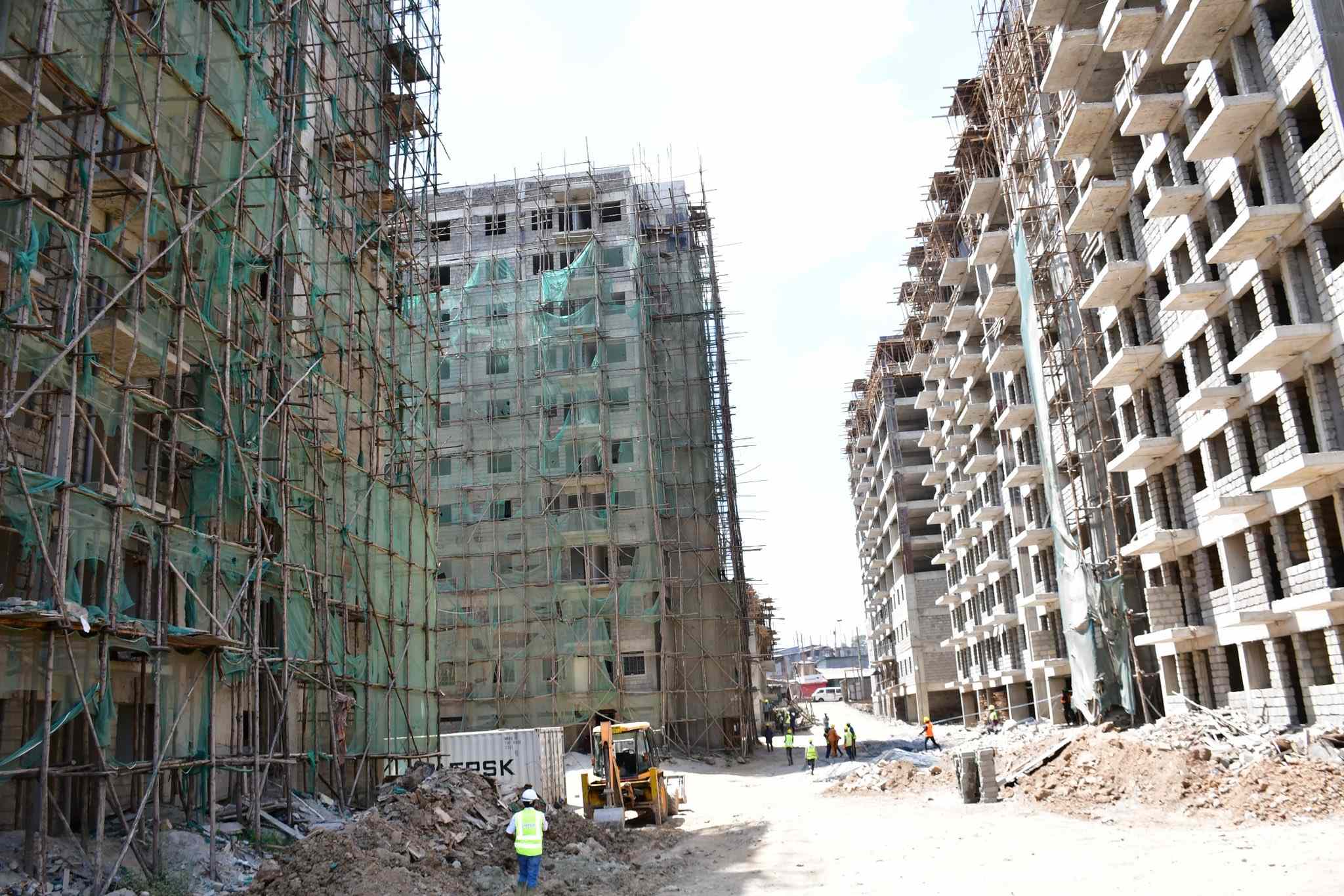Boda boda fare disparity: Why rides in upcountry cost half as much as Nairobi

Market analyst and investor Mihr Thakar argues that the disparity is largely on the back of supply and demand prospects.
On a cloudy Sunday evening, Karen Akinyi, a middle-aged woman and a resident of Kakamega County, hopes onto a boda boda in the central business district, directing the rider to rush her home before the rains begin pounding.
Just about three kilometres from CBD, the ride to her home will cost her just Sh50. If it were in the Mumias Sub-county, the fare would be as low as Sh30.
More To Read
- Childhood on Edge: How shrinking play spaces put Kenyan children in danger on the roads
- Kamukunji security meeting targets drug abuse, boda boda crime and juvenile delinquency
- Dagoretti North boda boda riders launch voter registration drive after electing new officials
- Private sector activities rise for the first time in five months in September
- Boda boda riders to wear county-specific uniforms, carry unique IDs under new reforms to curb lawlessness
- Marsabit on edge as boda boda riders clash with police over brutal killing
Comparatively, a similar trip in Nairobi will not go for less than Sh100.
This is double the price in Kakamega, and if compared to other outlying counties, the disparity could arguably be more than double.
This is despite the main underlying factor in fare calculation, fuel price, being constant across the counties.
Although experts argue that the variance in fares is driven by differences in operating costs and service levels, the reporter spoke to some riders both in Kakamega and Nairobi's Eastleigh, to unravel their reasons and thoughts on their pricing.
Geoffrey Ndombi, one of the riders in Kakamega town, reckons that the county has a variety of cheaper options. For instance, the three-wheelers which most commuters now prefer because of the tough economic times.
"We have a local umbrella body that champions our policies and strategies. Interestingly, when we resort to adjusting the rates through the association, the end game is often a loss on our end as the few customers we have would run to the cheaper option, the tuk-tuks," Ndombi says.
"Additionally, there are so many bikes across town and everyone is chasing the bag. If you resort to raising fares beyond the normal capping, you become the sole loser at the end of the day."
Another underlying factor, Ndombi noted, is the loan aspect where riders own the bikes on hire purchase terms.
He states that some of them are directly affecting the pricing, as they might charge Sh50 just to ensure he can pay the daily instalment and avoid falling into a debt trap
"For those who fully own their bikes, most are well-established and have their own homes. This means they have little interest in maximising profits from the business. It's as if they are doing it for pleasure, which I believe is unfair to some riders."
On whether the current pricing is good enough to make business sense for him, Ndombi notes that it's nothing less than just surviving.
Charles from Mumias says a majority of the riders in his area, for instance, are youths who do not have as many responsibilities and hence do not feel the pressure of even adjusting fare to make the venture palatable.
In Nairobis's Eastleigh area, riders who identified themselves as Chege and Kamau, firstly sympathise with their counterparts in outlying counties, saying it's a sad reality that they have to bear with.
"For instance when you compare the road terrain upcountry and here, they use more fuel compared to us here, yet the minimum I can charge from one stage to the other is Sh100 with a maximum of up to the highs of Sh1,000," Chege says.
On his part, Kamau notes that Nairobi being an urban area, the money supply is in plenty and hence their pricing has to match that metric.
"Almost 80 per cent of my peers in this business are owning the bikes on loan terms, therefore our pricing model must ensure that it caters for the daily instalments plus the daily basic needs like food, clothing and rent," Kamau says.
"Don't forget that also a majority of these riders are the sole breadwinners in their homes and this is the only source of income."
Market analyst and investor Mihr Thakar argues that the disparity is largely on the back of supply and demand prospects.
"Urban centres have a higher concentration of economic opportunities and talent competition is greater, salaries are also higher. This results in a higher market price for several services due to better spending power," Mihr says.
Top Stories Today














































